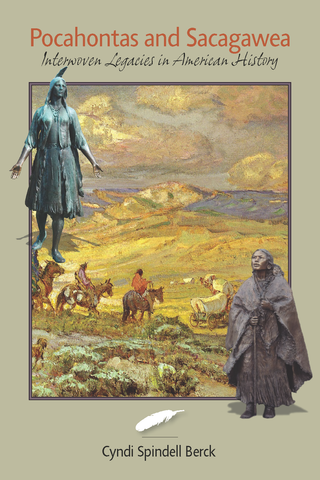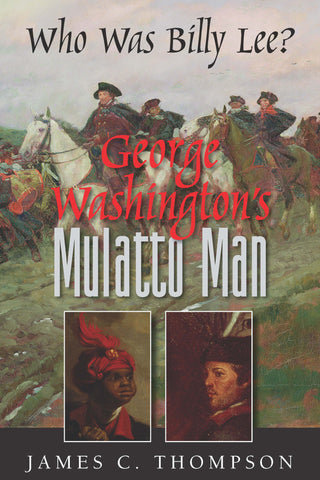Thomas Jefferson’s Enlightenment: Paris 1785, by James C. Thompson
$28.00
Author: James C. Thompson | Show Publication detailsHide Publication details
Cloth Edition
- ISBN: 978-0-9854863-1-0
- Library of Congress Control Number: 2013913986
- Publication Date: April 2015
- Dust Jacket: Color
- Illustrated: Color
- Portrait: 9.0 x 12.0
- Pages: 160
- Images: 160
Paperback Edition:
- ISBN: 978-1-943642-55-7
- Publication Date: December 2015
- Illustrated: Color
- Portrait: 9.0 x 12.0
- Pages: 160
- Images: 160
Thomas Jefferson's Enlightenment: Paris - 1785 is a new kind of history. I call it a non-fiction narrative. It does not describe what Jefferson did in France. It takes the reader along as Jefferson does it.
The reader comes to know the real man during eight divertissements in which French savant Pierre Cabanis shows the American Ambassador the city's most famous sites and buildings. In the course of these expeditions, Cabanis introduces his companion to the French Enlightenment.
This knowledge is essential to Jefferson. The self-described "savage from the mountains of America" had gone went to France after the death of his wife to begin his life again. His plan was to become a new man in the form of a recent acquaintance, the marquis de Chastellux. To accomplish this transformation, Jefferson had not only to change his attire and his manners. He also had to learn the language of the French salons, which he intended to join.
While accompanying Cabanis and Jefferson on their excursions through Paris in the summer of 1785, the reader sees a real person meeting real Frenchmen and learning to respond to them as a French sophisticate would do.
With Cabanis' help, Jefferson grasped the French concept of Progress and came to see himself as its agent. This knowledge prepared him for the contest that lay ahead. Within a year of his return home, with the hepe of his Virginia neighbor, James Madison, he laid the foundations for a political party that would compete for power in America's first national campaign. During this ten-year process - Jefferson later referred to is as "the Second American Revolution" - the political loner who drafted the Declaration of Independence disappeared. Taking his place was an ambitious political partisan whose aim was to become the President of the United States of America.









